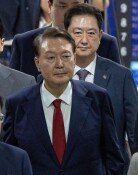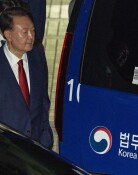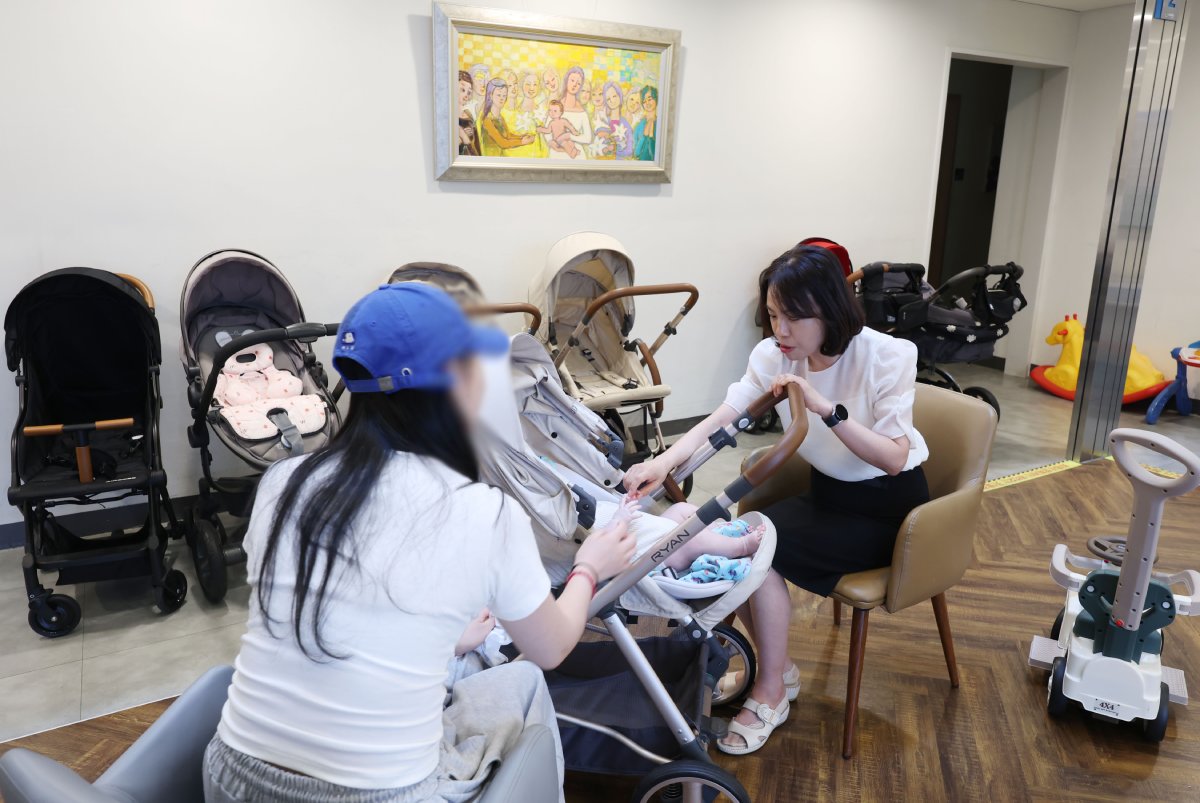Exchange Market Has Constant Cold
Exchange Market Has Constant Cold
Posted January. 11, 2006 03:04,
As soon as the foreign exchange market, or forex market, opened on January 9, there was an influx in the volume of sales, including one at $5 million and one at $3 million. There was no buy calls. The 980 won cap collapsed soon, and after only 10 minutes of trading, it dropped to 975 won. Foreign exchange dealers watched one another. Twenty minutes passed. Suddenly, one bank wanted to make a trade, saying it would buy at 983 won, eight won higher than the market price. This shows how the foreign exchange authorities intervened to raise the exchange rate. Some transactions have been made, but it was impossible to buy all the volume the foreign exchange authorities gave out. Thus, the exchange rate dropped to 978 won in 20 minutes.
This is the reality of the foreign exchange market of a country whose economy ranks 11th in the world.
Like the stock price of KOSDAQ companies, the won-dollar rate plummets frequently because the forex market itself is weakly structured.
Such a Small Forex Market
According to the Bank for International Settlements, as of April 2004, the average forex volume in Korea was $20 billion, which is 3.3 percent of GDP and 5.4 percent of the trading volume. That is very low compared to the average of 11 percent of GDP and 17 percent of the trading volume in advanced countries.
The small size of the forex market compared to the size of the economy shakes the forex market even with small shocks.
The won-dollar rate will inevitably plummet due to the dollar depreciation, but this year, in less than 10 days, the rate plummeted more than three percent, showing that the forex market cannot afford to absorb shocks.
One forex dealer said, When major corporations change $2 million for exporting into won, the won-dollar rate fluctuates by 5-10 won.
Market is Handled by Some 50 People
The domestic forex market has 56 companies, of which 10-15 account for 70 to 80 percent of the total trades.
There are an estimated 100 to 200 forex dealers, but in fact only 50 people participate in it and are actually handling the Korean forex market.
They frequently exchange information via mobile phones and messengers.
So, when one forex dealer of a major bank starts selling dollars, other dealers jump on this bandwagon, leading to a sudden drop in the won-dollar rate because there are sales of $100 million without any purchases.
This is a stark opposite from the 1997 financial crisis.
Impact of Non-Deliverable Forward (NDF) Market
The NDF market was opened to reduce the exchange rate risks when foreigners invest in Korea after exchanging dollars into won. After the NDF trades were allowed between domestic banks and foreigners in 1999, the daily trade volume was merely $400 million a day in 2000, but it has now surpassed $2 billion.
The daily trading volume among domestic banks is $4.5-5 billion when the NDF trading volume is two billion, meaning possible speculation in NDF will inevitably cause shocks to the domestic forex market.
As for the NDF trading, the difference in volume between the agreed-upon exchange rate and the real rate at maturity is exchanged.
For example, if one buys the right to sell, or a put option, in which one dollar may be sold at 1,000 won and the real rate turns out to be 980 won per dollar, the difference of 20 won per dollar is settled. Thus in the NDF market, if foreign speculator forces sell the put option for $ 10 million, it may lead to the sales effect of $50-60 million in the domestic forex market.
That is the cough of a speculator which leads to a cold for the Korean forex market.
Bigger Costs to Manage the Forex
After the 1997 financial crisis, the Bank of Korea intervened in the forex market by buying dollars with won and then buying U.S. Treasury bonds.
As this continued, the foreign reserve volume increased to $210.3 billion, the fourth largest in the world.
However the U.S. Treasury bonds have lower interest rates than the Korean government bonds, and the dollars bought at 1,100 won per dollar plummeted to below 1,000 won, so the exchange loss has already surpassed 10 trillion won.
Do-Young Kim Sun-Woo Kim nirvana1@donga.com sublime@donga.com







